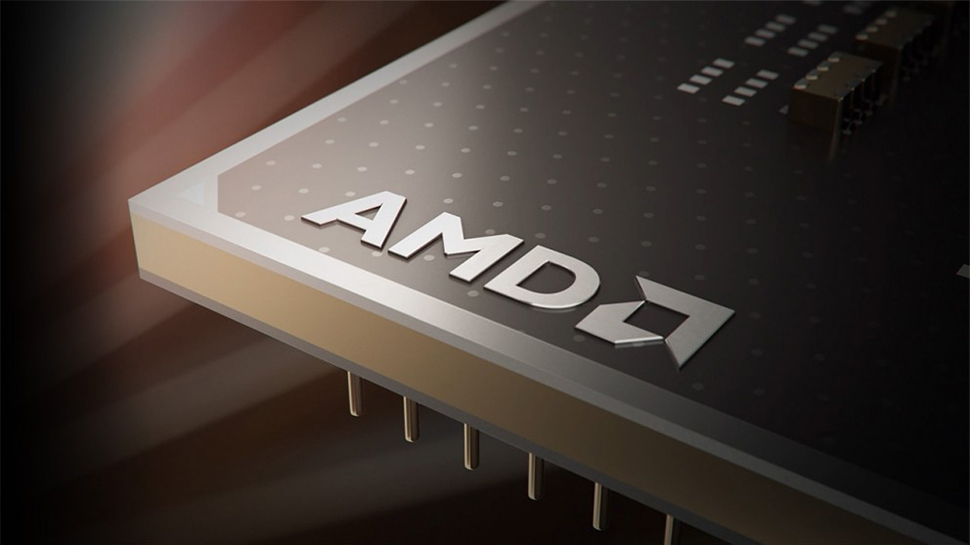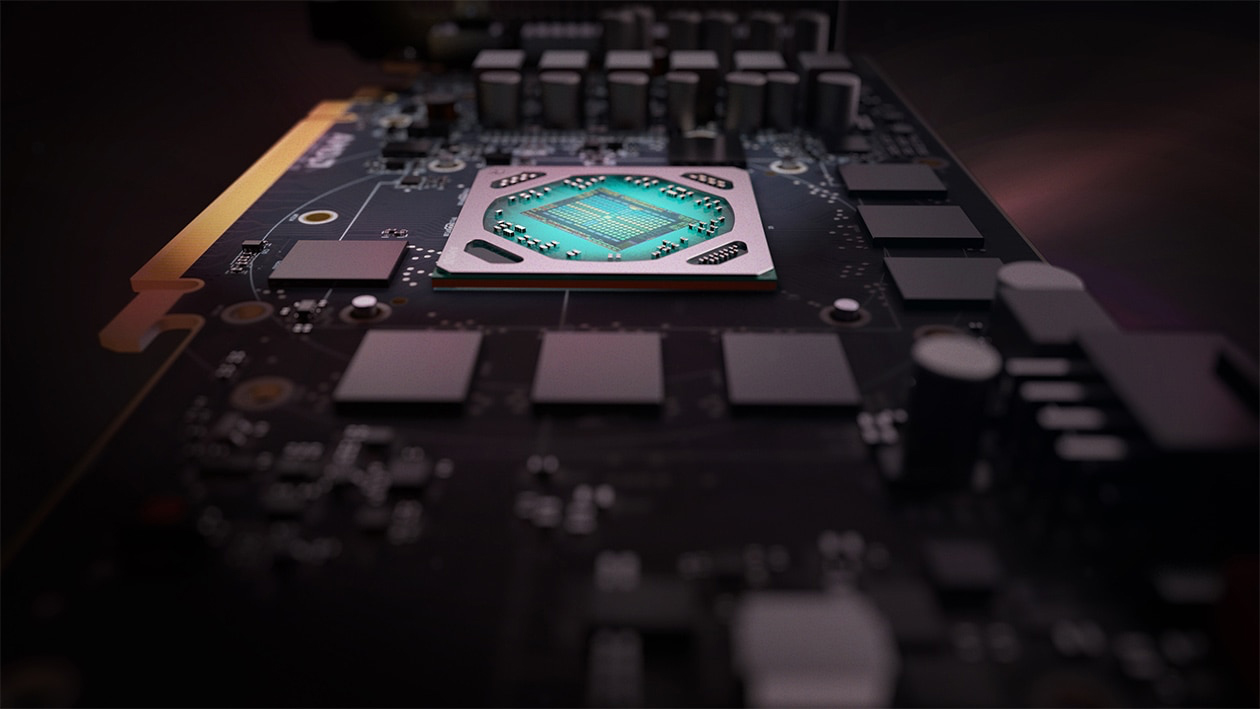AMD CEO: Global Chip Shortage to Ease in Late 2022
At the Code Conference on Monday, AMD CEO Lisa Su talked about the ongoing chip shortages that impact everything from the best CPUs for gaming to the best GPUs, and how the shortage will begin to recede by the second half of 2022. Su also reemphasized AMD's position that Radeon GPUs are aimed primarily at gamers, but refused to talk about custom system-on-chips designed by PC makers themselves. (Via CNBC)
Demand on a New Level
The electronics industry has suffered from severe chip shortages for more than a year now, exacerbated by demand for PCs and other devices that has increased tremendously due to the ongoing pandemic. As Lisa Su puts it, demand has now reached a new level. The industry simply did not have enough capacity to serve this demand, which is why chip shortages persist. She expects tight supply to stay throughout the first half of 2022 and to recede in the second half of 2022.

The industry has to resolve supply chain bottlenecks, which usually means getting additional production capacities online. These capacities include everything from semiconductor fabs to chip assembly and test facilities, including raw chemicals used at the fab and substrates used for chip packaging.
Su said that the industry would add about 20 new factories in 2021 and a similar number would come online in 2022, reports Barron's. Since getting a production facility online is a lengthy process, the shortages will be resolved gradually.
"It might take, you know, 18 to 24 months to put on a new plant, and in some cases even longer than that," she said, reports CNBC. "These investments were started perhaps a year ago."
AMD outsources the production of its CPUs, GPUs, and SoCs to GlobalFoundries, TSMC, and third-party semiconductor assembly and test vendors, so the company has quite a number of potential bottlenecks in its supply chain. Due to the limited allocation of manufacturing capacities, AMD has to prioritize the production of pre-ordered components (e.g., SoCs for game consoles, processors ordered by huge companies, etc.) as well as chips for servers and high-end PCs over everything else. To that end, it remains to be seen how quickly AMD will be able to resolve shortages of its products once new production capacities come online. Earlier this month AMD said that it was confident in its suppliers.
GPUs Are for Gamers!
While Lisa Su admits that cryptocurrency miners buy loads of GPUs these days, but mining is a small part of AMD's business. The company is trying hard to bring more Radeon GPUs to gamers, the core audience for these products.
Get Tom's Hardware's best news and in-depth reviews, straight to your inbox.

Unfortunately, AMD is not exactly successful with its discrete GPUs efforts as in Q2 2021 the company's share on the market of standalone graphics processors dropped to 17%, its lowest in years, according to Jon Peddie Research. That's despite the fact that AMD's Radeon RX 6000-series GPUs are among best graphics card available today.
Custom SoCs?
One of the hottest topics in the PC world in the last 12 months has been the rollout of Apple's custom M1 system-on-chips for its desktops, laptops, and tablets. Apple demonstrated the industry that it can build SoCs that are competitive against processors designed by Intel, which inspired questions about whether large PC makers can indeed switch from off-the-shelf CPUs from Intel and AMD to their own processors developed in-house.
AMD has a business unit that designs semi-custom SoCs. The biggest customers of this unit are Microsoft and Sony, but AMD could also design something Arm-based if its customers want it, said AMD's CFO recently. AMD also supplies highly customized GPUs to Apple as well as lightly customized APUs to Microsoft.
Yet unfortunately Lisa Su dodged the question about whether the company she heads was threatened by a possible shift of some of its customers to in-house chip designs, reports Barron's.

Anton Shilov is a contributing writer at Tom’s Hardware. Over the past couple of decades, he has covered everything from CPUs and GPUs to supercomputers and from modern process technologies and latest fab tools to high-tech industry trends.